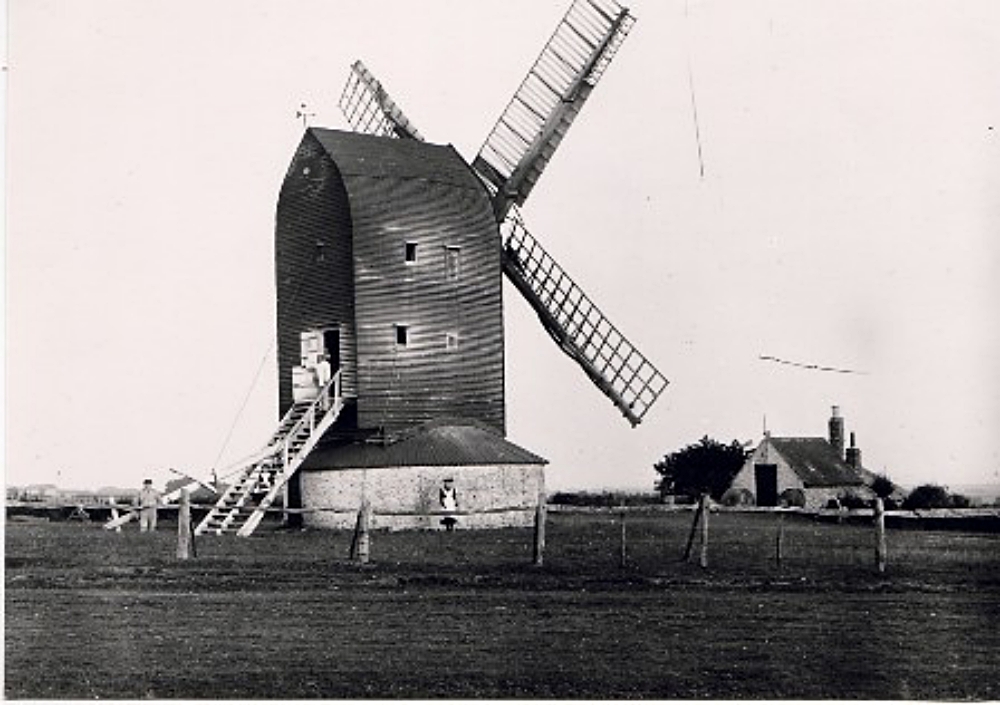The wind of change
ECO-POWER created by wind farms is hardly a new concept. In a slightly less concentrated way, Worthing was making use of the idea to grind corn for our daily bread back in the 1700s and 1800s.

By Victorian times, a row of windmills on the Downs tilted their sails towards the prevailing winds from the south west, supported by several others strategically located throughout the growing town.
The one pictured here was known at various times in its life as Ballards Mill, Offington Mill or Broadwater Mill, which indicates its approximate location. An earlier mill existed in the same area from the mid-1400s.
To its west, were the better-known mills on the summit of High Salvington and Highdown Hill, while nearer the coast, and close to Ham Road, where their power was boosted by stiff sea breezes, were the two Navarino Mills. Just south of Mill Road was Heene Mill, located near the junction with Grand Avenue, until its demolition in 1903.
From 1814, there was also a Worthing Mill, in Cross Street, a few yards south west of today’s central railway station. This one was moved lock, stock and barrel in 1881, to a site close to today’s Seamill Park Crescent, where it became known – after its owner – as Isted’s Mill.
These windmills were all pre-dated by various water-powered mills, one of which existed at Broadwater Manor in 1086. A tide-mill, called the Seamill, or possibly Sea Myll, was a local coastal feature in 1576, a mile to the east of what 200 years later was to become Worthing